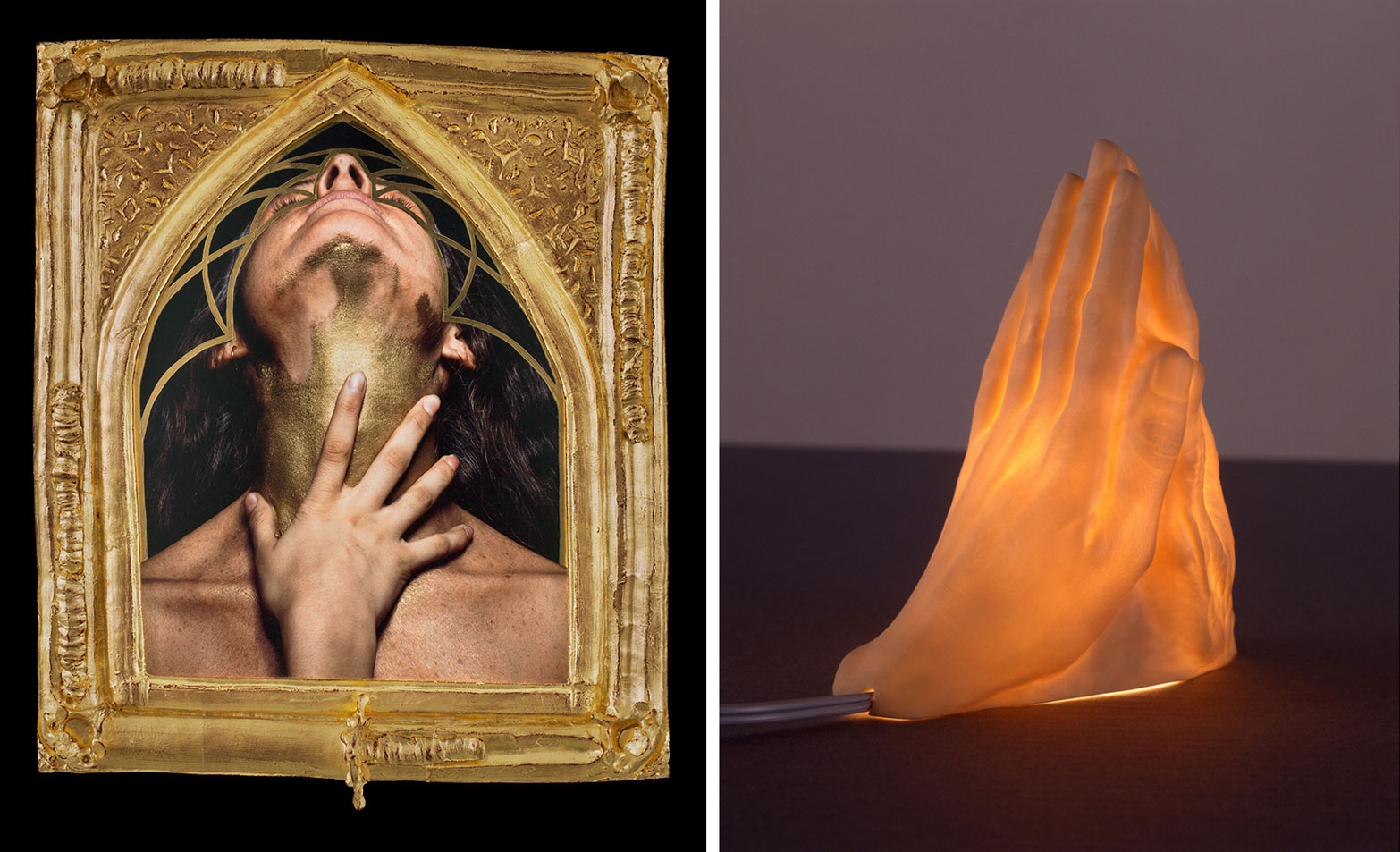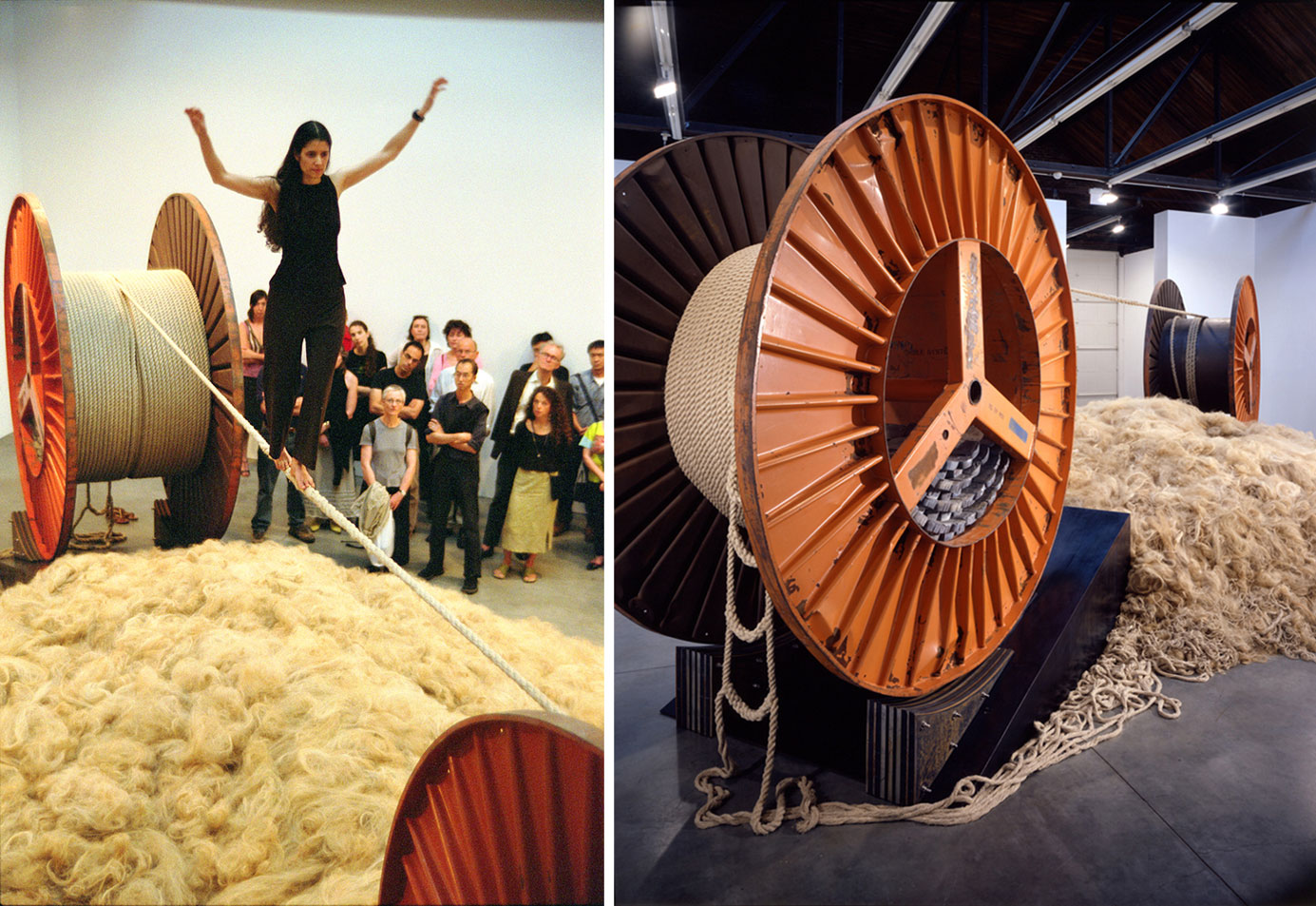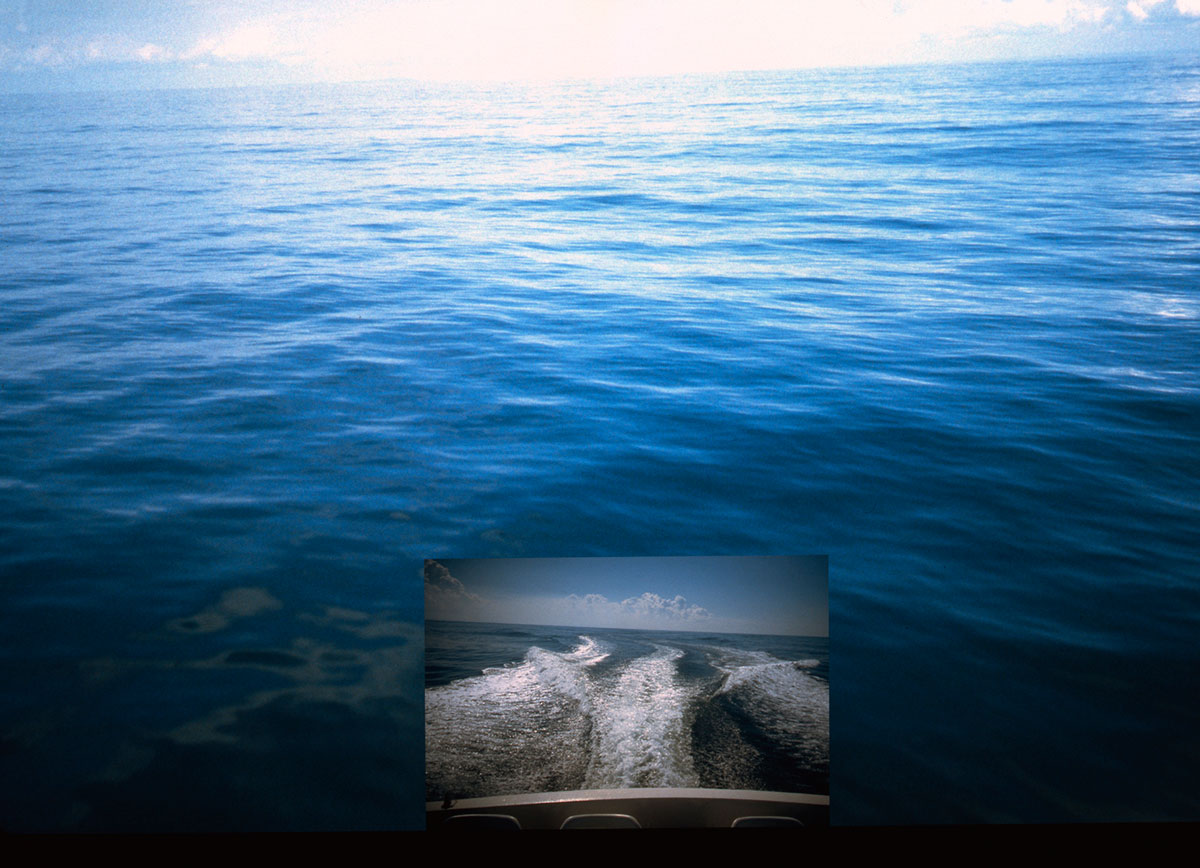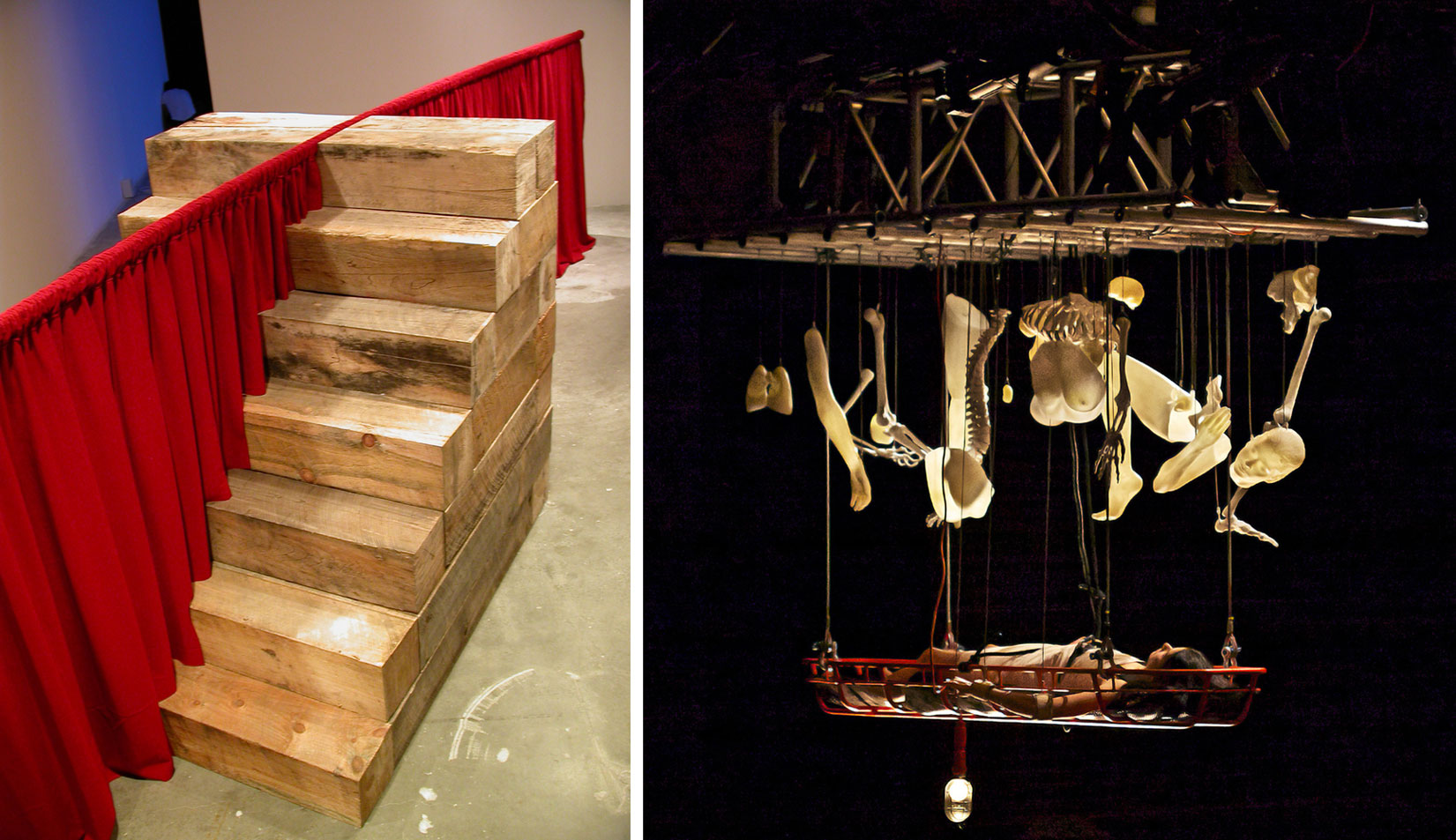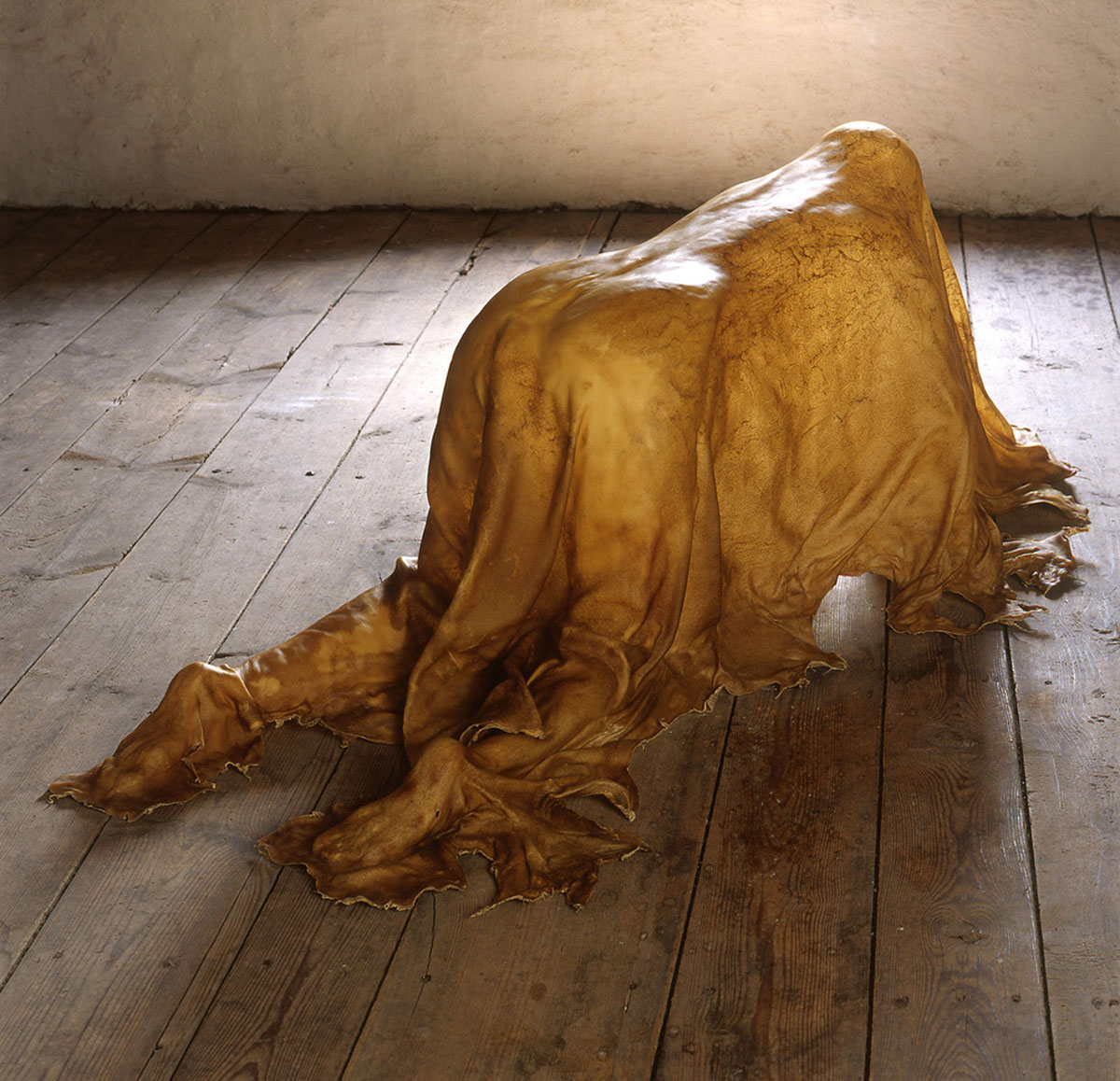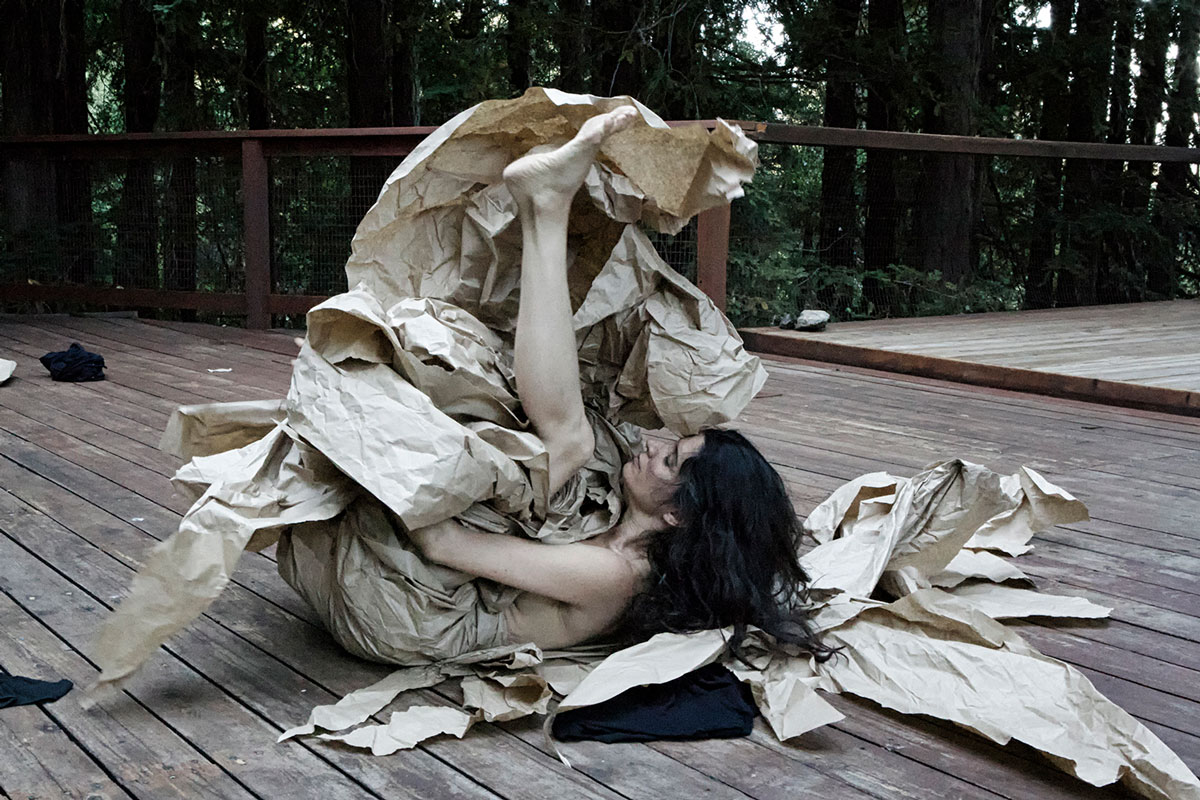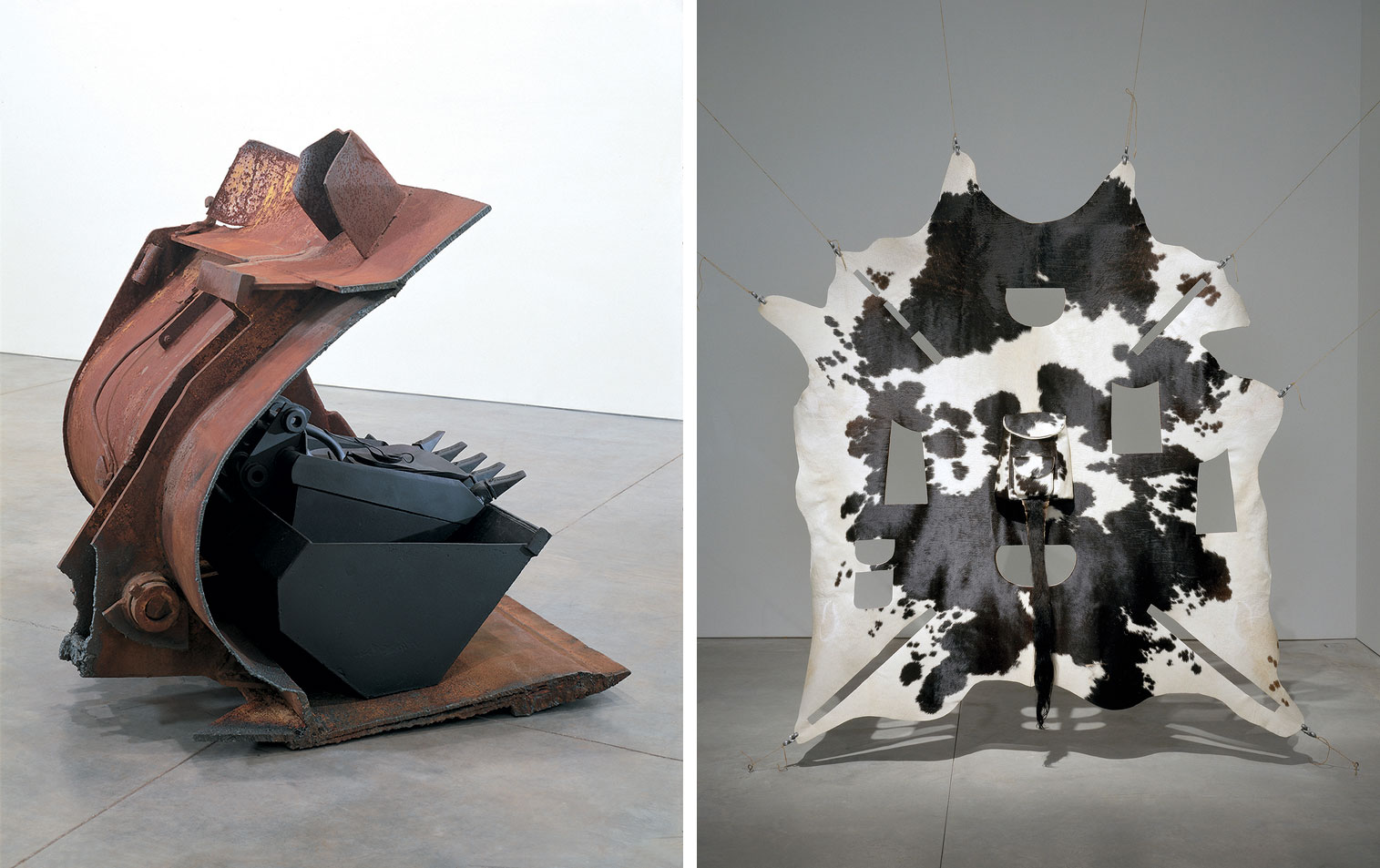TRACES: Janine Antoni
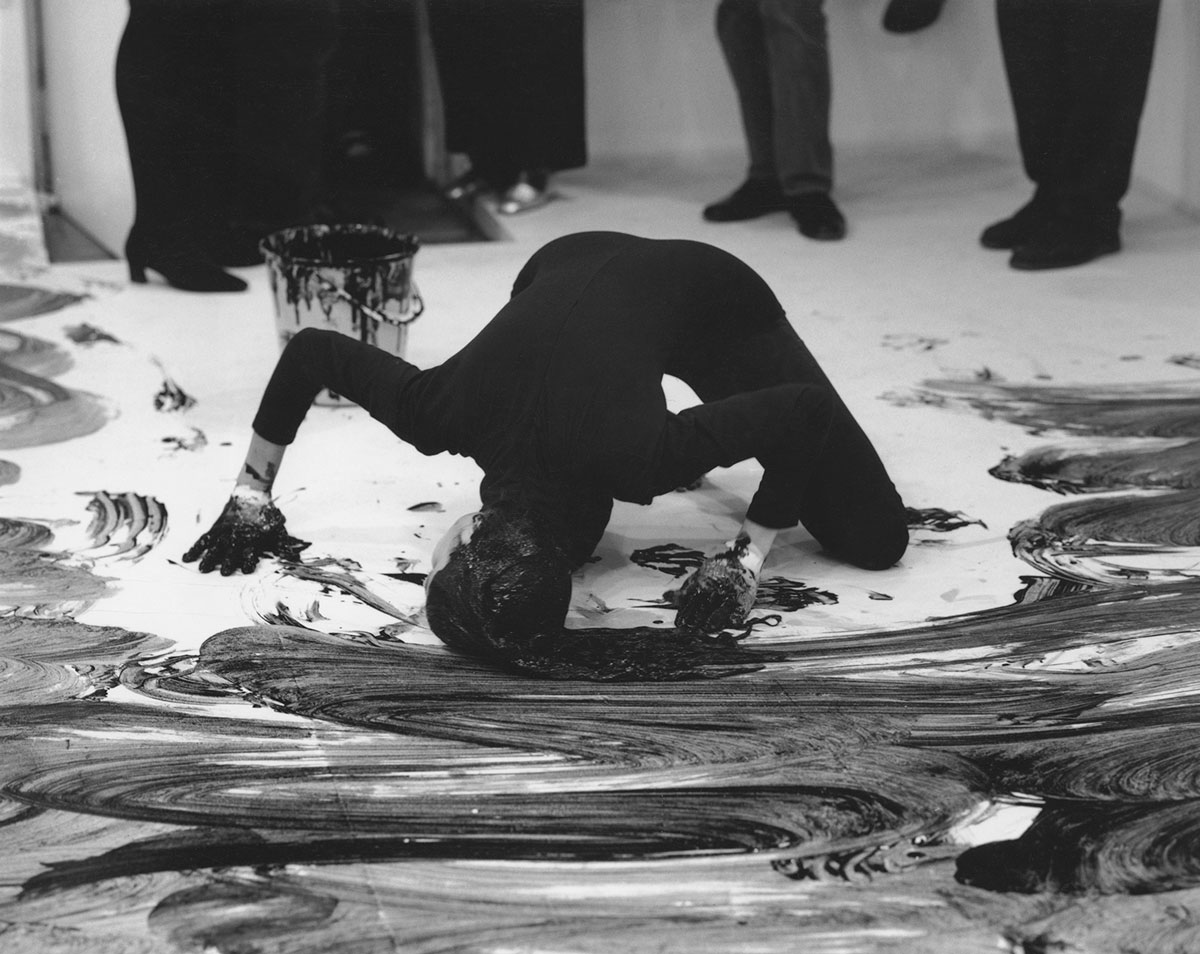 Today is the occasion to bear in mind Janine Antoni (19/1/1964- ). When she performed “Loving Care” in 1993, she moved herself into the history of contemporary art, and she has occupied that place ever since. Like any negotiation with history, the understanding of her performance, in which she dipped her long hair in black dye and set about mopping the floor, has been complicated by its initial reception. This column is a tribute to artists, living or dead, who have left their mark in Contemporary Art. Through documents or interviews, starting with: moments and memories, we reveal out from the past-unknown sides of big personalities, who left their indelible traces in time and history…
Today is the occasion to bear in mind Janine Antoni (19/1/1964- ). When she performed “Loving Care” in 1993, she moved herself into the history of contemporary art, and she has occupied that place ever since. Like any negotiation with history, the understanding of her performance, in which she dipped her long hair in black dye and set about mopping the floor, has been complicated by its initial reception. This column is a tribute to artists, living or dead, who have left their mark in Contemporary Art. Through documents or interviews, starting with: moments and memories, we reveal out from the past-unknown sides of big personalities, who left their indelible traces in time and history…
By Efi Michalarou
 Janine Antoni was born in Freeport in the Bahamas. She received a B.A. from Sarah Lawrence College in 1986 and an M.F.A. in sculpture from the Rhode Island School of Design in 1989. “Wean” (1990), a work created soon after she completed graduate school, consists of plaster impressions of real and artificial nipples set into the gallery wall. This presaged the psychosocial concerns of her production throughout the 1990s, in which everyday bodily rituals such as eating, sleeping, and bathing were converted into sculptural processes. From the beginning, Antoni has used her body as the object through which she has measured her place in the world. She has said that her body “is a funnel through which the world is poured,” and for the last 20 years she has discovered subtle ways to effect that pouring. Early works, like “Gnaw” (1992), and “Lick and Lather”1993), were inspired sculptures that were at once objects and processes that engaged important trajectories in contemporary art. In “Gnaw”, Antoni chewed away at two 600-pound blocks of chocolate and lard, an act of literal consumption that was also the ingestion and re-formation of the minimalist cube. Here came the Janine; there went the Judd. She completed the piece by melting down the gnawed chocolate into 40 heart-shaped candy packages, and mixed the lard with pigment and beeswax to make 150 lipstick containers, which were then exhibited in a display case. “Gnaw” was a multi-tasker; it touched on consumer culture, the cult of beauty and art history, all neatly packaged in a single installation. Antoni refers to it as “a mouth-made ready-made.” Her logic in this early work was simple: if her mouth was the hammer and chisel in “Gnaw”, then in “Loving Care” her hair could be a paintbrush. Antoni mopped the floor of the gallery with her hair soaked in Loving Care hair dye “Natural Black.” The artist’s actions conjured up the expressive marks of Abstract Expressionist painting, linking them to the chore of mopping. As she claimed the space, the audience was slowly backed out of the gallery. In her performative installation Slumber (1993), the artist used polysomnograph recordings of her dreams to guide the weaving of a blanket that was produced in situ. “Lick and Lather” also took its lead from art history. On two rows of facing pedestals, Antoni arranged 14 self-portrait busts, seven in chocolate and seven in soap. Each of the sculptures had undergone different degrees of defacement; the artist had cast herself and was in the process of licking and washing herself away. The installation was at once historical and contemporary; it was embodied in the tradition of classical self-portraiture and was body art for the late twentieth century. More than any artist of her generation, Antoni has fashioned from her own body and its intimacies an art of visceral delicacy. Her tools and her processes are uncommon, from tightrope walking to steam shovels, from using her teeth as a carving tool to re-casting silver in the form of the inside of her mouth. But the effect of the materials she uses, and what she does with them, resonates in her audience like memory and blood. Motherhood is the larger story that connects the work in “Up Against” to her earlier production. The first piece she made after graduating from Yale in 1989 was a set of negative wall imprints of her breast and nipple. “Called Wean” (1990), it drew attention to her interest in finding ways to represent the various stages of separation from her own mother, and to articulate that relationship through a form of absence. The thing not there was the thing most present. Her engagement with the ambiguities of mothering continued in works like “Momme” (1995), “Coddle), and even in “2038”, a color photograph in which the artist, naked in a bathtub, seems to be nursing the cow whose number gives the image its name. “2038” is a strangely moving variation on the theme of the pieta. “Inhabit” (2009), the most dramatic of the photographs in “Up Against,” her exhibition at Luhring Augustine in fall, 2009, shows the artist suspended by a harness, while her body is enclosed in a dollhouse that contains miniaturized objects that are consistent with the style of her real house. A spider has taken up residency in the kitchen and has attached its web to a bowl of fruit on one side and to a wall on the other. Antoni’s suspension is, itself, ambiguous. It’s not entirely clear whether we should regard her as the weaver of her own suspending web, or as a victim caught in the filaments of its harness strings. The double read is an inescapable response. Antoni is aware that she is inhabiting an in-between space, one that sits, as she described it, “somewhere between being suspended and ascending and either entrapped or inside the structure of support, which to me is motherhood”. She keeps returning to the doubleness of things; nowhere is that more evident than in “Tear”, the piece that dominated “Up Against.” Part of the piece took the form of a two-and-a-half ton wrecking ball, an object we invariably associate with destruction and violence. But Antoni’s wrecking ball was made of lead, so that every time it struck the building it was knocking down, it was suffering damage. Embedded in its surface were fragments broken from another surface. That inescapable condition of being alive–that we visit damage on others and damage visits us in turn–may well be the cause of the tear in the magnificent eye that occupied the gallery for two months last fall.
Janine Antoni was born in Freeport in the Bahamas. She received a B.A. from Sarah Lawrence College in 1986 and an M.F.A. in sculpture from the Rhode Island School of Design in 1989. “Wean” (1990), a work created soon after she completed graduate school, consists of plaster impressions of real and artificial nipples set into the gallery wall. This presaged the psychosocial concerns of her production throughout the 1990s, in which everyday bodily rituals such as eating, sleeping, and bathing were converted into sculptural processes. From the beginning, Antoni has used her body as the object through which she has measured her place in the world. She has said that her body “is a funnel through which the world is poured,” and for the last 20 years she has discovered subtle ways to effect that pouring. Early works, like “Gnaw” (1992), and “Lick and Lather”1993), were inspired sculptures that were at once objects and processes that engaged important trajectories in contemporary art. In “Gnaw”, Antoni chewed away at two 600-pound blocks of chocolate and lard, an act of literal consumption that was also the ingestion and re-formation of the minimalist cube. Here came the Janine; there went the Judd. She completed the piece by melting down the gnawed chocolate into 40 heart-shaped candy packages, and mixed the lard with pigment and beeswax to make 150 lipstick containers, which were then exhibited in a display case. “Gnaw” was a multi-tasker; it touched on consumer culture, the cult of beauty and art history, all neatly packaged in a single installation. Antoni refers to it as “a mouth-made ready-made.” Her logic in this early work was simple: if her mouth was the hammer and chisel in “Gnaw”, then in “Loving Care” her hair could be a paintbrush. Antoni mopped the floor of the gallery with her hair soaked in Loving Care hair dye “Natural Black.” The artist’s actions conjured up the expressive marks of Abstract Expressionist painting, linking them to the chore of mopping. As she claimed the space, the audience was slowly backed out of the gallery. In her performative installation Slumber (1993), the artist used polysomnograph recordings of her dreams to guide the weaving of a blanket that was produced in situ. “Lick and Lather” also took its lead from art history. On two rows of facing pedestals, Antoni arranged 14 self-portrait busts, seven in chocolate and seven in soap. Each of the sculptures had undergone different degrees of defacement; the artist had cast herself and was in the process of licking and washing herself away. The installation was at once historical and contemporary; it was embodied in the tradition of classical self-portraiture and was body art for the late twentieth century. More than any artist of her generation, Antoni has fashioned from her own body and its intimacies an art of visceral delicacy. Her tools and her processes are uncommon, from tightrope walking to steam shovels, from using her teeth as a carving tool to re-casting silver in the form of the inside of her mouth. But the effect of the materials she uses, and what she does with them, resonates in her audience like memory and blood. Motherhood is the larger story that connects the work in “Up Against” to her earlier production. The first piece she made after graduating from Yale in 1989 was a set of negative wall imprints of her breast and nipple. “Called Wean” (1990), it drew attention to her interest in finding ways to represent the various stages of separation from her own mother, and to articulate that relationship through a form of absence. The thing not there was the thing most present. Her engagement with the ambiguities of mothering continued in works like “Momme” (1995), “Coddle), and even in “2038”, a color photograph in which the artist, naked in a bathtub, seems to be nursing the cow whose number gives the image its name. “2038” is a strangely moving variation on the theme of the pieta. “Inhabit” (2009), the most dramatic of the photographs in “Up Against,” her exhibition at Luhring Augustine in fall, 2009, shows the artist suspended by a harness, while her body is enclosed in a dollhouse that contains miniaturized objects that are consistent with the style of her real house. A spider has taken up residency in the kitchen and has attached its web to a bowl of fruit on one side and to a wall on the other. Antoni’s suspension is, itself, ambiguous. It’s not entirely clear whether we should regard her as the weaver of her own suspending web, or as a victim caught in the filaments of its harness strings. The double read is an inescapable response. Antoni is aware that she is inhabiting an in-between space, one that sits, as she described it, “somewhere between being suspended and ascending and either entrapped or inside the structure of support, which to me is motherhood”. She keeps returning to the doubleness of things; nowhere is that more evident than in “Tear”, the piece that dominated “Up Against.” Part of the piece took the form of a two-and-a-half ton wrecking ball, an object we invariably associate with destruction and violence. But Antoni’s wrecking ball was made of lead, so that every time it struck the building it was knocking down, it was suffering damage. Embedded in its surface were fragments broken from another surface. That inescapable condition of being alive–that we visit damage on others and damage visits us in turn–may well be the cause of the tear in the magnificent eye that occupied the gallery for two months last fall.






